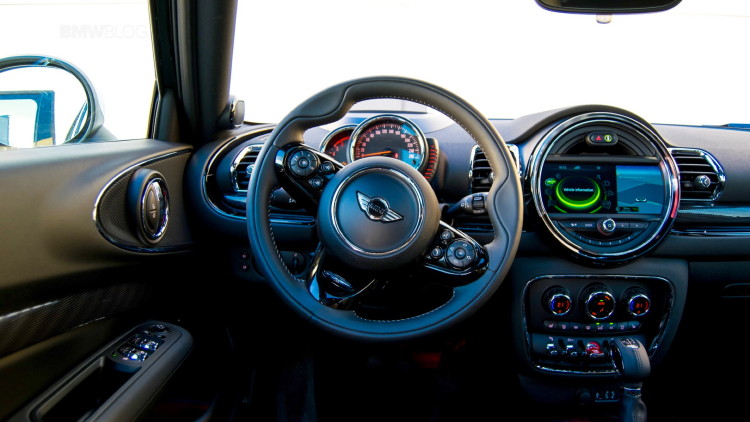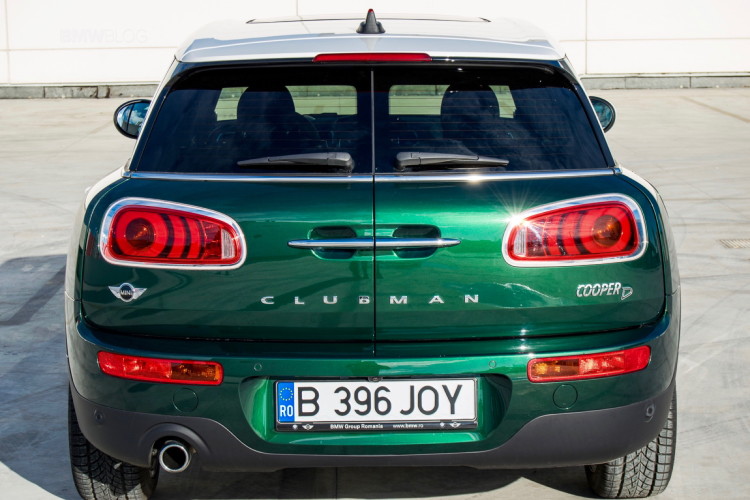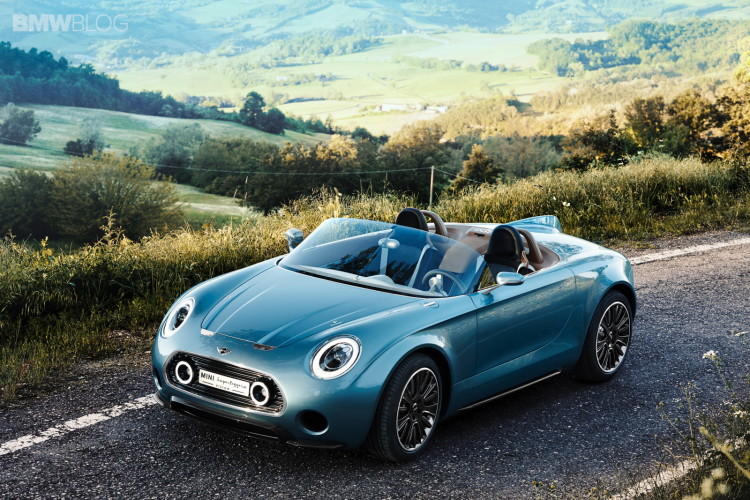When BMW first purchased the famous British marquee, MINI, there wasn’t much of an impact on either brand right away. MINI still produced cars that felt very typical of its brand heritage and there was very little BMW in them. Now, however, with shared platforms, engines and other components, the familial bond between the two companies is very apparent. And this bond with MINI is extremely important to the BMW for many reasons. While there are a few BMW fans who dislike the new found bond between MINI and the Bavarians, as they feel that it cheapens and dilutes the brand, the British brand is pivotal in BMW’s future success.
MINI has an equally as loyal of a following as BMW does, if not more loyal, thanks to the brand’s quirky acquired taste. MINI fans typically stay within the MINI brand for as long as possible, as once you’ve come to love the plucky British brand’s way of doing things, it’s hard to find the same level of joy in something else. And because many new MINIs now share quite a bit of technology and interior pieces from BMW, it makes it an easy transition for MINI customers to get into BMWs. This brings in a younger crowd for BMW, people moving up from the MINI brand into the entry-level BMW models, such as the 2 Series and 3 Series.
Those shared components and platforms also keep MINI very profitable, which in turn makes BMW more profitable. It also gives BMW more flexibility in its entry-level cars, such as the new BMW X1 that shares its platform with MINI. This platform sharing saves money for both brands, thus bringing profits up.
The MINI brand also gives BMW a larger reach across the automotive spectrum, as it handles the premium market itself, but MINI handles a lower-end premium market that BMW cannot compete in on its own. Cars like the Volkswagen GTI have been dominating that segment for a long time and cars like the Cooper S give BMW a horse in that race. And because BMW may not want to enter that race on its own, due to the possibly tarnishing of its brand prestige, it has MINI do that.
And MINI needs BMW just as much, as BMW is helping to reduce costs for its products with its shared components and its helping the British brand to clean up its model line. MINI is starting to eliminate some of the dead weight in its lineup that was weighing the company down and we’re starting to see it already. The new model line doesn’t feature such cars as the Paceman, Rocketman, Spaceman Walkman or Discman or anything else with a silly name. Now, it’s just the Cooper, Clubman and upcoming Countryman and each of them serves a specific purpose in the lineup. This gives its customers an exact model to fit their needs and gives BMW something to sell to customers in that market. So it’s a win/win for both brands.
Typically, it’s the smaller company that benefits more from the larger and more prestigious company, as it can borrow resources to help its brand. But in this case, both brands are equally useful to each other. It gives BMW a more well-rounded model line, as now it has cars in the lower range, its own BMW models that fill the sort of middle-to-high end of the market and it has Rolls Royce to fill in the ultra-high end section of the market. So MINI rounds BMW out while providing the brand with competitors in a segment it would otherwise be left out of and it also provides a launching pad for new technologies, platforms and components. So expect to see a long and successful relationship between the British and Bavarian brands.








































































